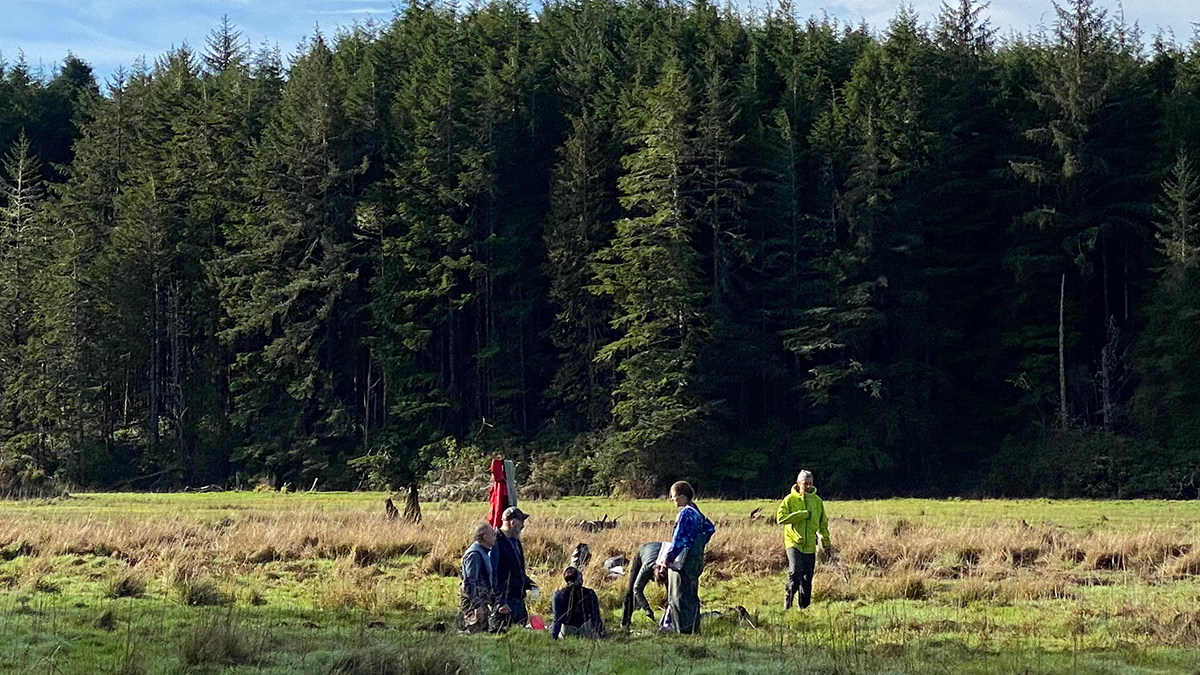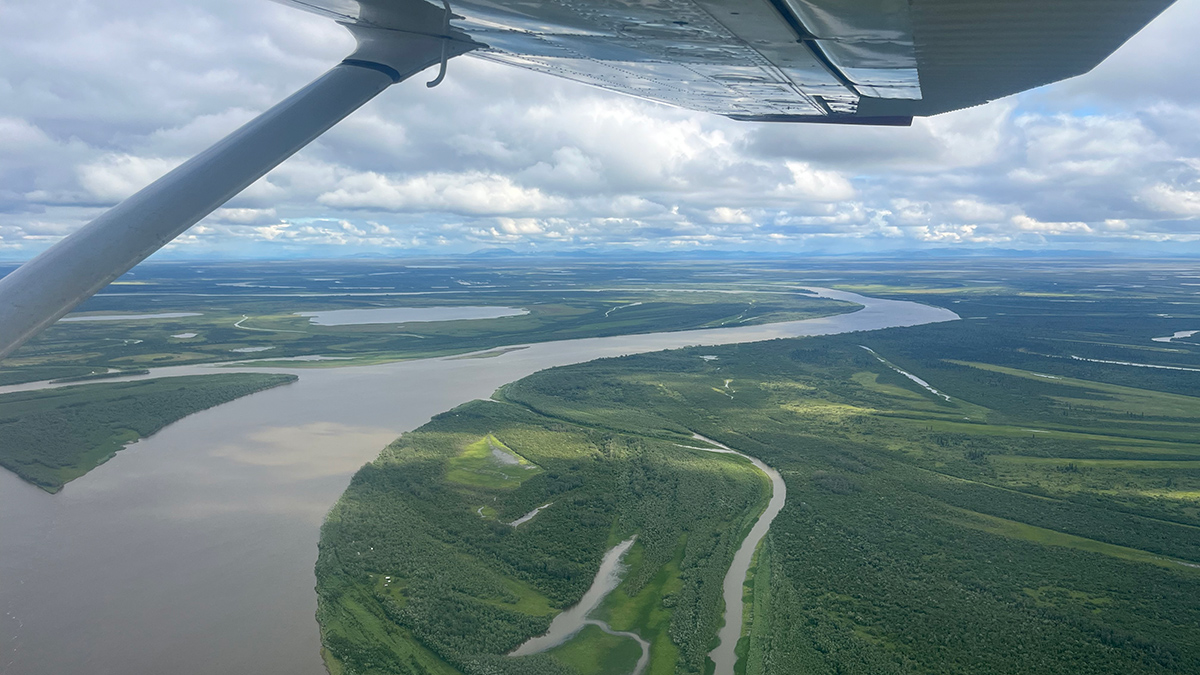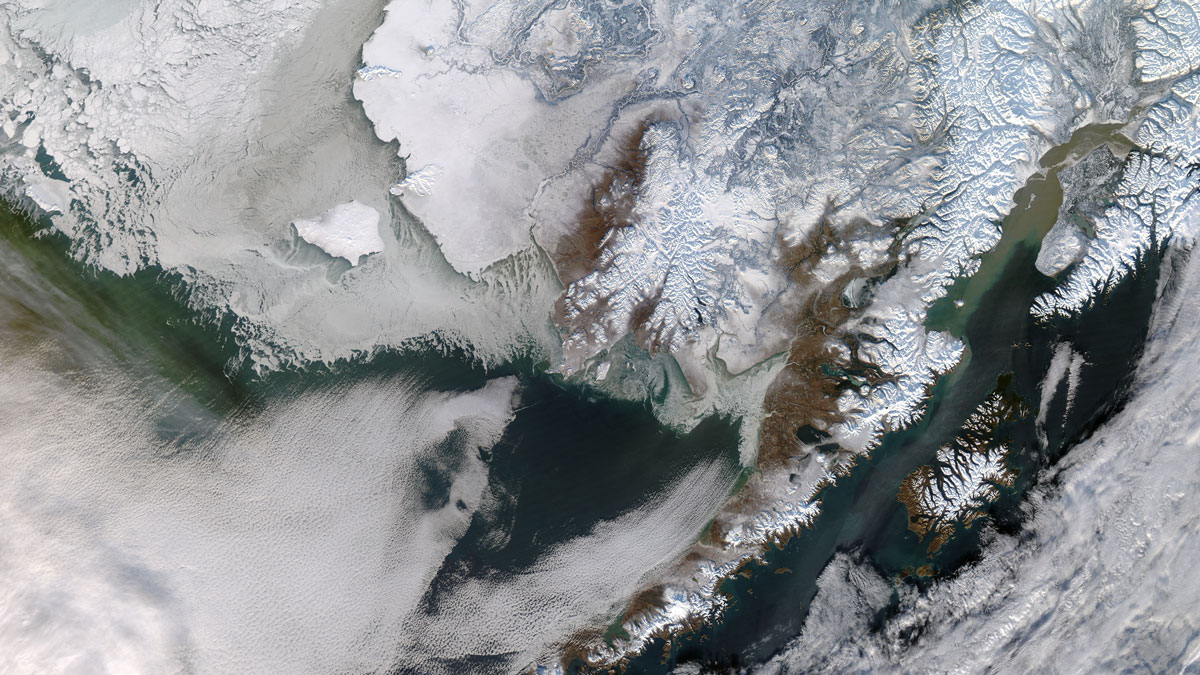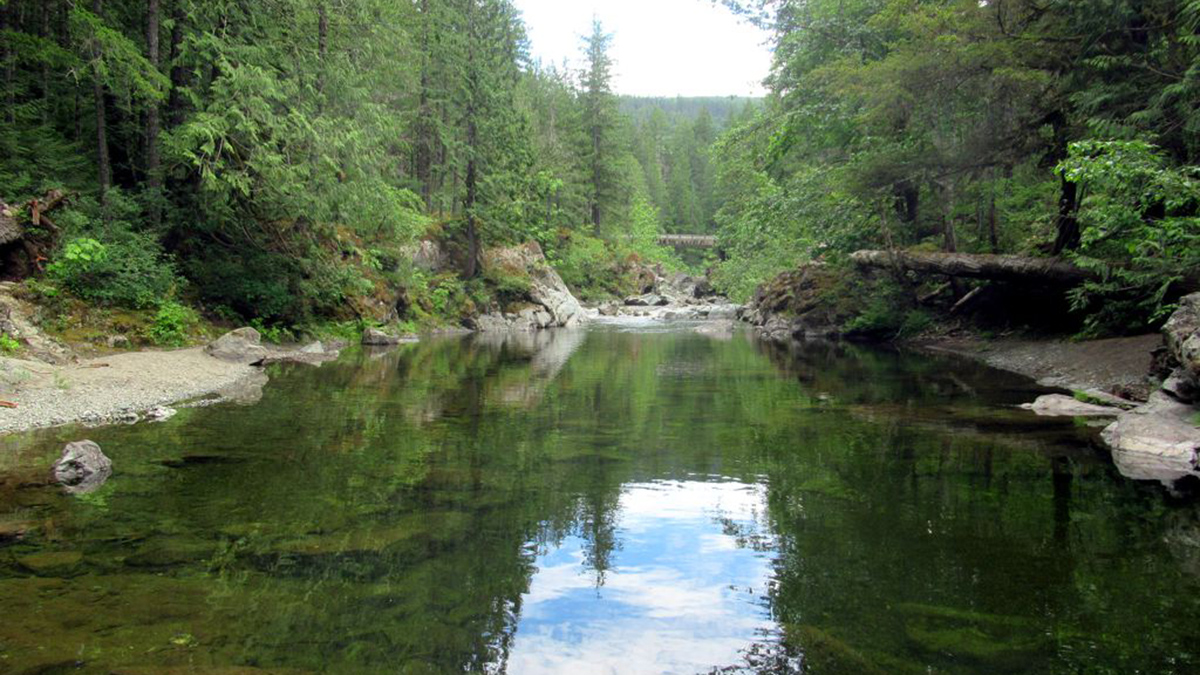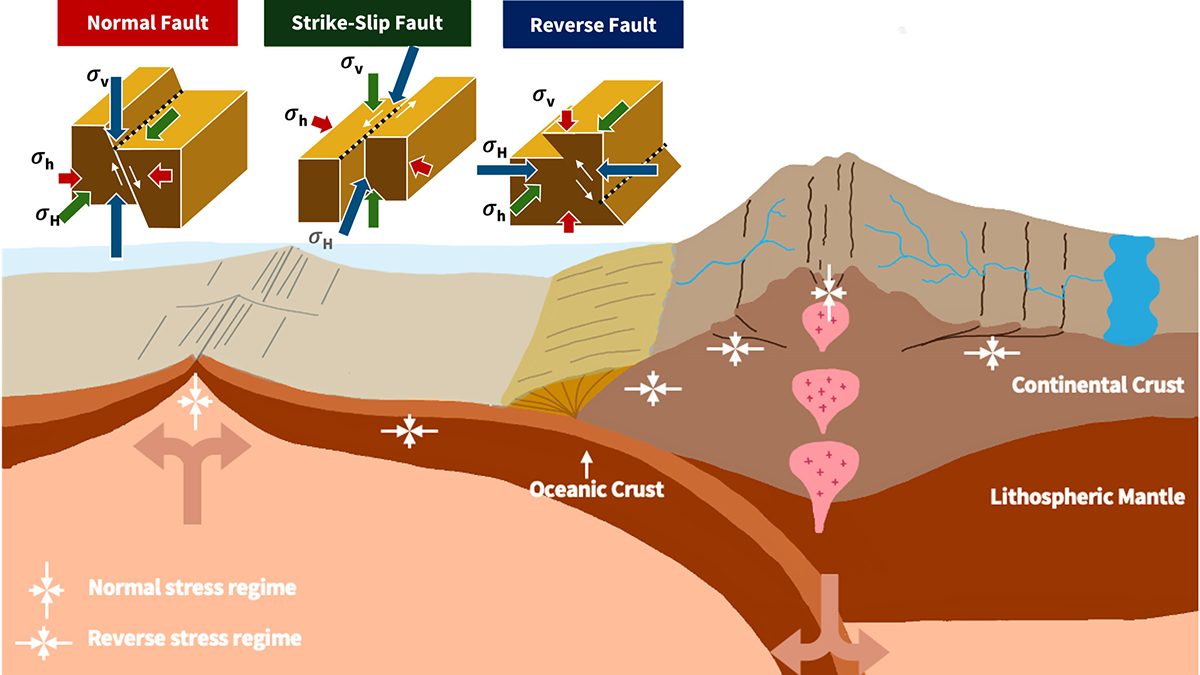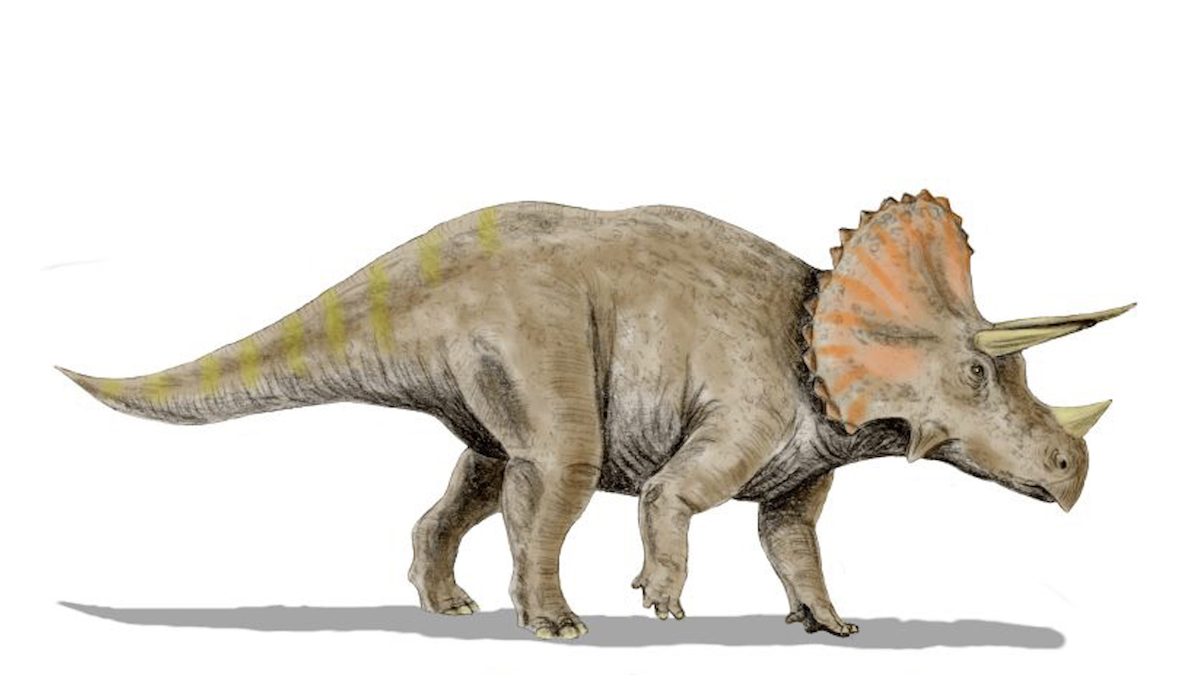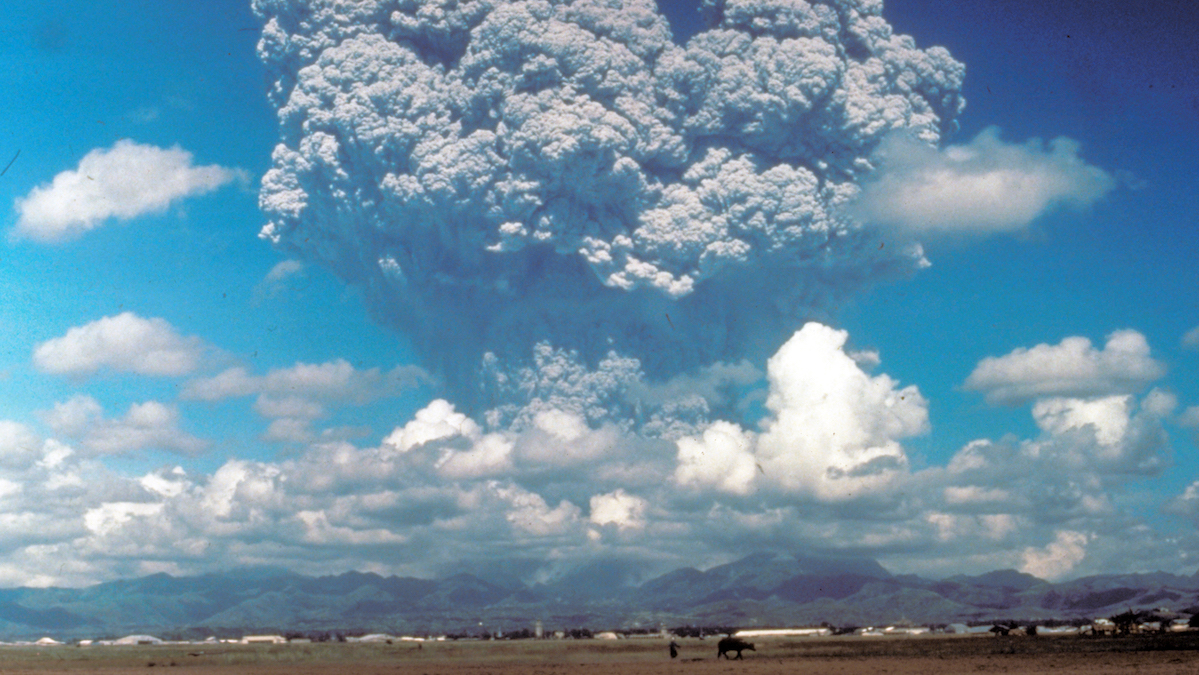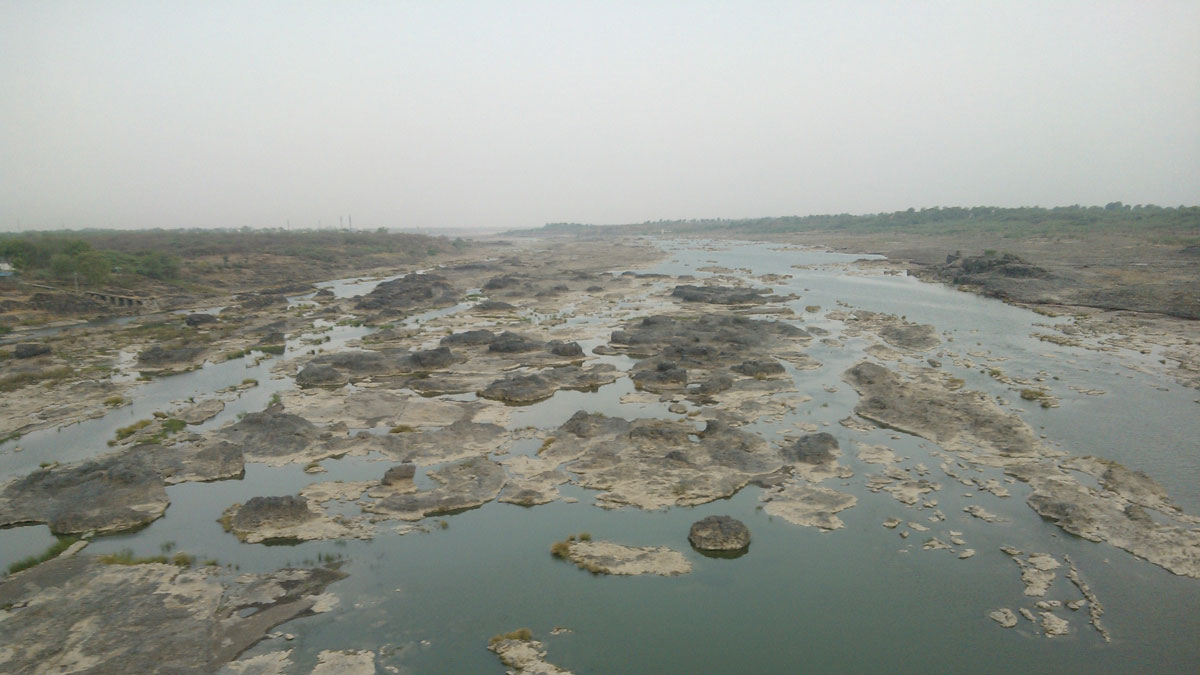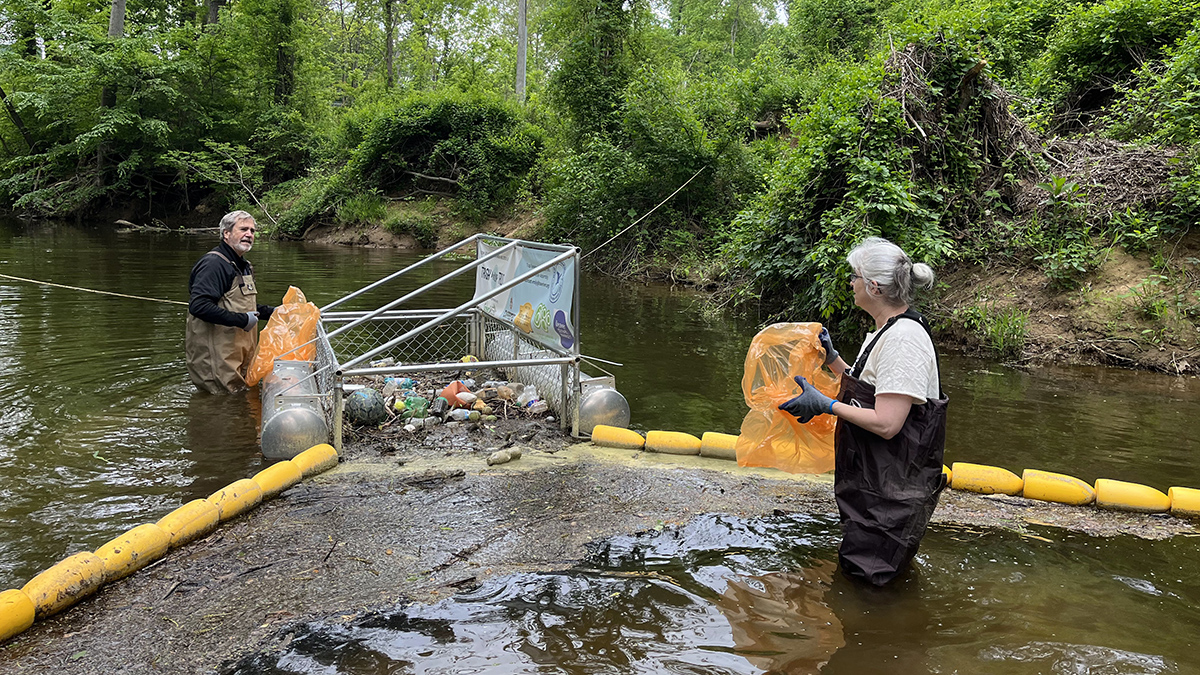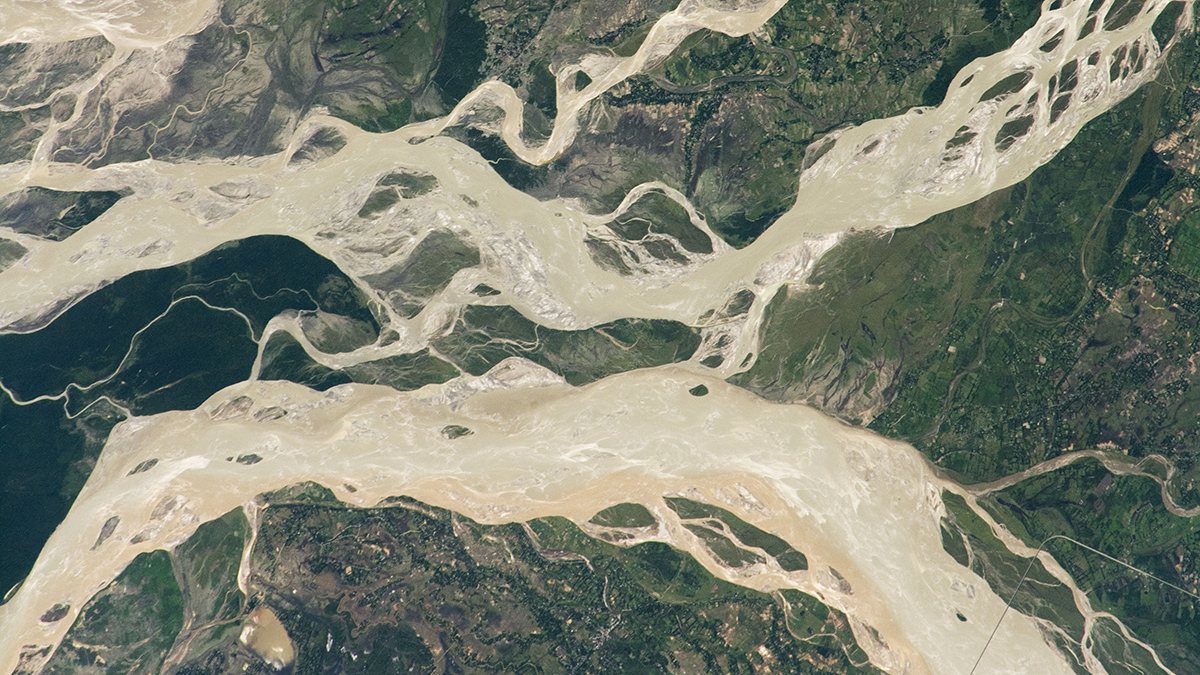A new study of nutrient levels in soil cores supports oral Indigenous history, informing future estuary restoration efforts.
rivers
Climate Modeling for Communities, with Communities
End users, such as Indigenous community members developing climate adaptation efforts, make better use of climate models when researchers collaborate with them from the start.
Changing Winters Leave Indigenous Alaskans on Thin Ice
Researchers are blending Indigenous Knowledges with climate models to describe shifts in snow and ice.
Watershed Sustainability Project Centers Place-Based Research
A community science project supports an innovative watershed management plan.
From Mantle Flow to River Flow: Shaping Earth’s Surface from Within
The convection of the Earth’s mantle shapes its surface, carving fault networks into the lithosphere that can guide the course of rivers.
Move Over, Beavers. Dinosaurs Might Also Have Been Nature’s Engineers
Late Cretaceous dinosaurs may have cut back vegetation, creating large floodplains. When the asteroid hit, those floodplains became forests, a new study argues.
Volcanic Eruptions in One Hemisphere Linked to Floods in the Opposite One
Asymmetric volcanic plumes may shift equatorial weather patterns and increase tropical stream flow, according to new simulations.
Droughts Sync Up as the Climate Changes
A new study reconstructs roughly 800 years of streamflow history in India’s major rivers, showing an increase in synchronous drought linked to anthropogenic climate change.
How North Carolina Trash Traps Could Help Inform Policy
Staff and volunteers at Waterkeepers collected and categorized more than 150,000 pieces of trash from the state’s waterways, the vast majority of which were plastic.

